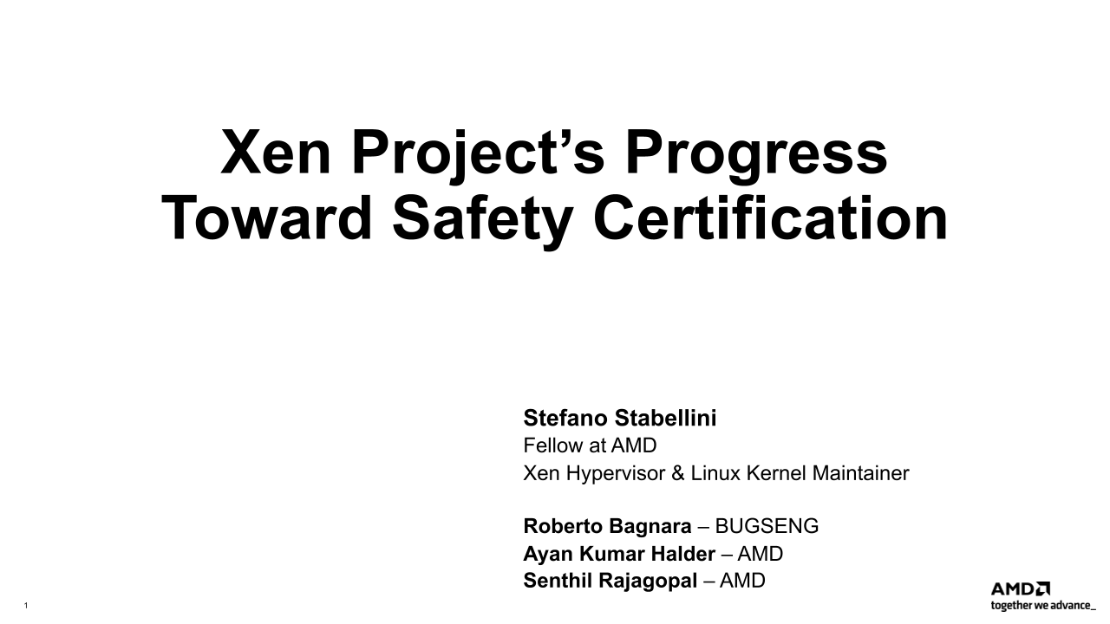Embedded & Automotive
Embedded systems redefined
At the core of every modern embedded system is software meticulously crafted and seamlessly integrated with hardware, dedicated to fulfilling a specific, vital function. This is where our journey begins.
Since 2011, following the groundbreaking announcement of the Xen port to ARMv7 with Virtualization Extensions, our community has been relentlessly advancing Xen for embedded deployments.
Our focus extends beyond ARMv7 to encompass ARMv8, x86-64, and RISC-V, catering to both embedded and automotive applications. We’re not just part of the evolution; we’re leading it.


What does this mean?
- Xen revolutionizes embedded systems, enabling fully-featured operating systems like Linux to coexist with smaller and faster RTOSes such as Zephyr.
- Xen’s ability to allocate hardware resources with precision and support multiple communication paradigms between VMs has made it indispensable in diverse applications, from 5G antennas and industrial robots to medical devices and automobiles.
- A significant amount of work has been completed in this area since the team started in 2014. Most work has occurred in Linux, Xen, and OP-TEE.

Real-Time and Cache Coloring
Xen excels in handling hard real-time workloads. Our innovative cache coloring technique ensures low and predictable interrupt latencies, with real-time benchmarks as impressive as less than 4 microseconds interrupt latencies on AMD/Xilinx Ultrascale+ under heavy interference.
Dom0less and parallel booting
Embrace the efficiency of parallel VM booting with Dom0less Xen. This feature drastically reduces boot times to under a second for an RTOS like Zephyr, bypassing the need for Dom0 (Linux) boot-up. Dom0less also opens the door to fully static configurations, positioning Dom0 as an optional component, not a necessity.
Cortex-R52 and R82 Support
An active collaboration between ARM and AMD/Xilinx is expanding Xen’s capabilities to microcontrollers and MMU-less embedded processors. This innovation soon to be upstreamed, marks a significant leap for virtualization in embedded systems.
Why Xen Project?
Functional safety
With sponsorships from the likes of AMD, we’re on a mission to align Xen with top safety standards, including ISO 26262 ASIL D and IEC 61508 SIL 3.
Initiatives like the MISRA C course for community members and striving for MISRA C compliance in the Xen upstream codebase underscore our dedication to ensuring Xen’s role in safety-critical environments.
Xen is not just a technology; it’s a vision coming to life, shaping the future of embedded systems, and redefining what’s possible.

Functional safety

